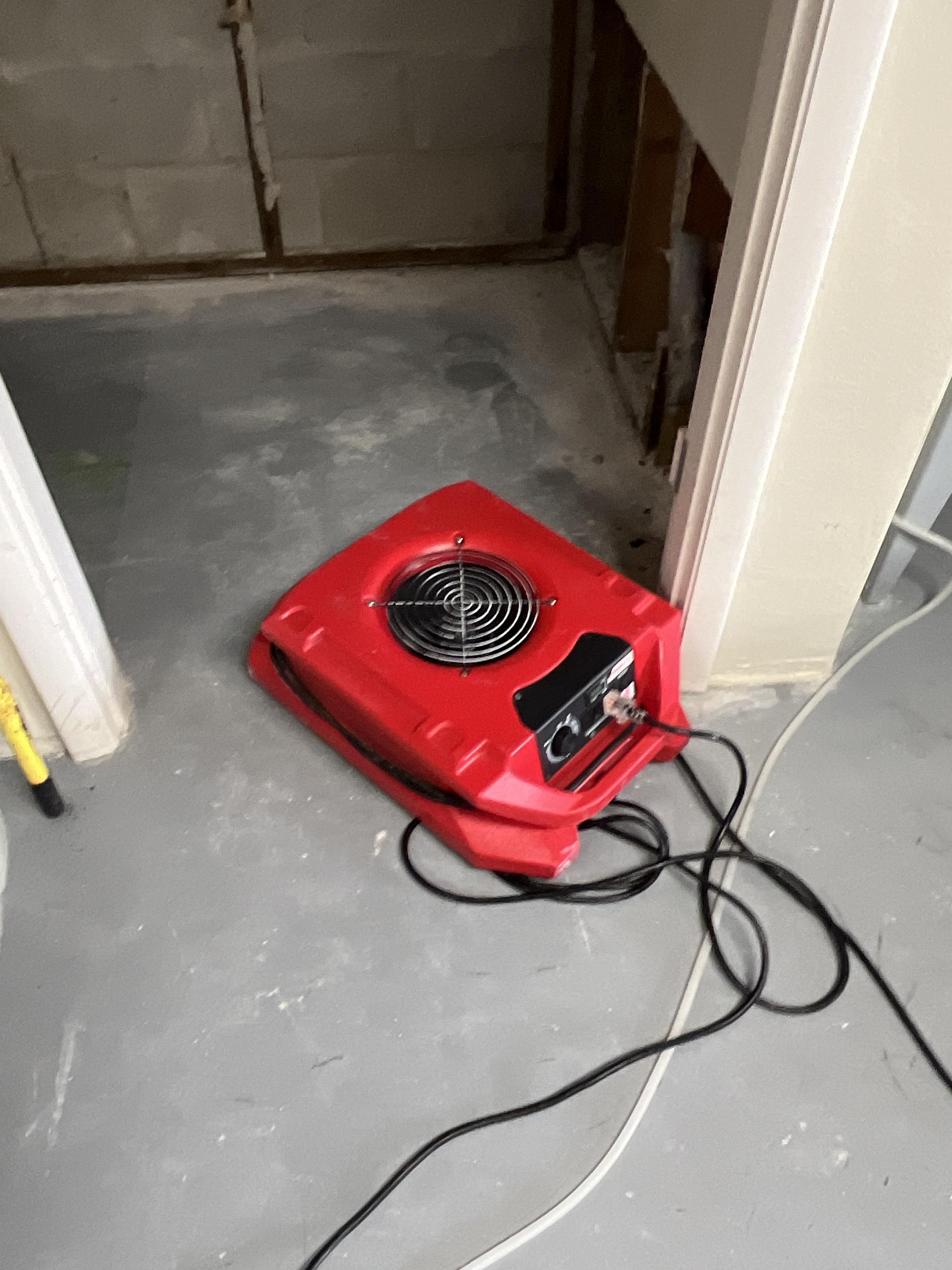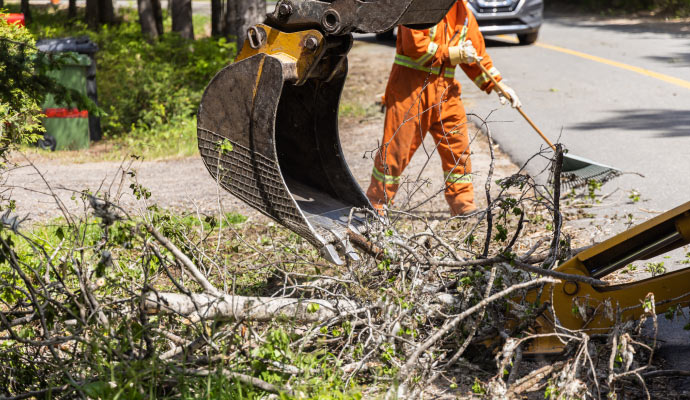
Spring Thunderstorms: Safety and Preparation
Thunderstorms can be a magnificent occurrence–rolling dark clouds, roaring thunder, lightning, and the premonition that it is going to pour rain until it finally does. Spring thunderstorms mark the transition between winter and summer and are essential for cleaning the air and greening the ground. While some areas are prone to more regular and severe thunderstorms than others, there are still some important things to consider about spring storms in terms of personal safety and home preparation. Depending on your region, preparation may be as simple as clearing your yard before the wind and rain kicks up to as complex as readying the storm shelter with provisions in preparation of a tornado.

Preparing for the Storm
Generally speaking, storm preparation comes down to watching the weather and having a response in place to minimize and deal with any damages as a result of the storm. Spring thunderstorms can vary a lot since they are often building from cold pressure systems at the end of winter. Coastal storms can also be very severe and spring is hurricane season in the southeast U.S. The best thing you can do to prepare for spring storms is to regularly monitor the weather forecasts and have an emergency response plan for events like hurricanes, tornadoes, fires, and floods. Since powerful storms can produce strong winds that knock out power, take down power lines, start fires, and drop torrential rains that flood, it is important to be prepared for anything.
Storing food and water in a safe place is always a good idea. While the average spring storm shouldn’t require you to rely on your emergency supplies, it is a good plan to remain prepared in the event of a flood or severe power outage. In most cases, utility failures and flooding are common results of intense spring storms and you should be prepared to spend time without power or gas. If you live in an area prone to flooding and high winds, take the necessary precautions to secure valuables outdoors and plan a response in the event the storm worsens.
Personal Safety
Part of good storm preparation is ensuring your personal safety. If a storm is building, monitor the weather and consider getting to a safe location. For high winds this means indoors away from windows and objects that could become airborne and injure you. If heavy rains are threatening a flood, secure your valuable and get to higher ground. Taking personal safety measures is the best preparation and will complement other emergency safety procedures. Spring storms can be unpredictable and small cells can grow into larger, more severe storms in minutes. You don’t have control over the damage a storm causes, but ensuring that you are personally secure and prepared is the best way to manage thunderstorms.


















